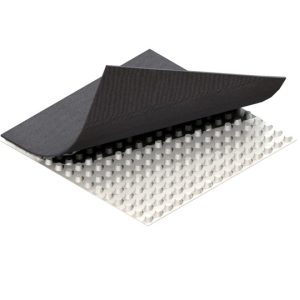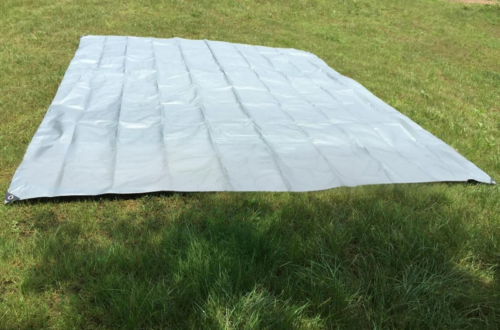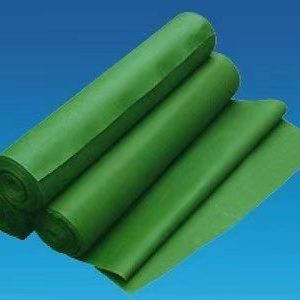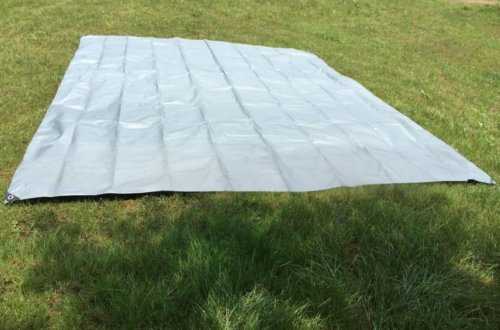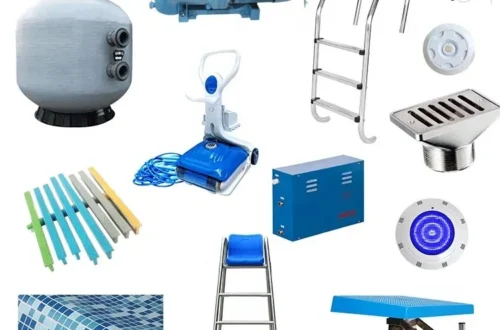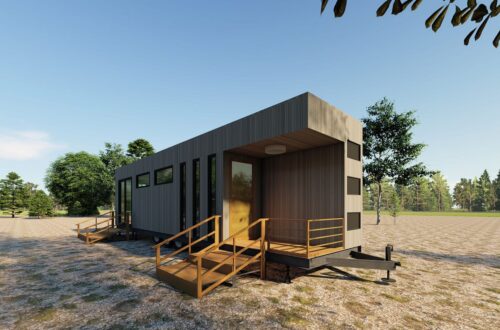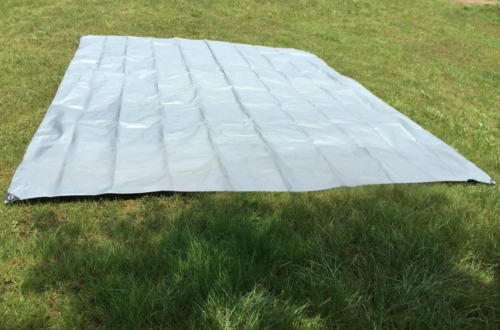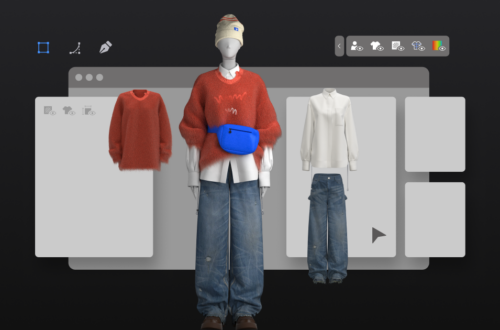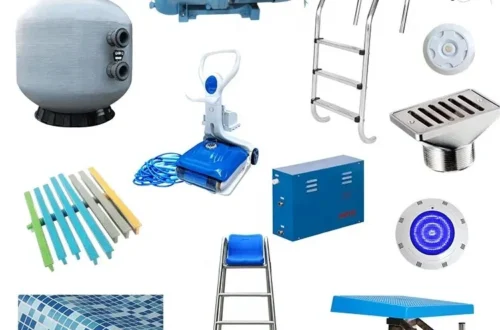-
GRL: The Ultimate Guide to Unlocking Its Potential
GRL: The Ultimate Guide to Unlocking Its Potential In today’s fast-paced technological landscape, understanding grl is essential for professionals and enthusiasts alike. This comprehensive guide explores how GRL can transform your approach to innovation and efficiency. Core Features of GRL Technology GRL offers a suite of advanced tools designed to streamline workflows and boost productivity. Its key functionalities include real-time data analysis, automated reporting, and seamless integration with existing systems. These features empower users to make data-driven decisions quickly. Real-Time Analytics and Performance Metrics With GRL’s cutting-edge analytics, you can monitor performance metrics instantly. This capability helps identify bottlenecks and optimize processes for maximum output, making it a valuable asset…
-
Radiated vs. Irradiated: Key Differences and Definitions
Radiated vs. Irradiated: Key Differences and Definitions When discussing energy transfer, many confuse the terms radiated and irradiated. Though related, they describe distinct concepts in physics and engineering. Understanding their differences clarifies their applications across industries. What Does Radiated Mean? Radiation refers to energy emitted as waves or particles from a source. Common examples include heat from the sun or radio waves from antennas. Types of Radiation Radiation can be electromagnetic (like light) or particulate (such as alpha particles). Each type has unique properties and uses. What Does Irradiated Mean? Irradiation describes the process where an object receives radiation. It focuses on exposure rather than emission. Applications of Irradiation Irradiation…
-
The Hidden Downsides of Automatic Weather Stations: What You Need to Know
The Hidden Downsides of Automatic Weather Stations: What You Need to Know Automatic weather stations (AWS) have revolutionized meteorological data collection, but they come with significant drawbacks that are often overlooked. Understanding these limitations is crucial for accurate weather interpretation and decision-making. Key Limitations in Data Accuracy While AWS provide continuous monitoring, they suffer from calibration drift and sensor degradation over time. Temperature sensors may show errors due to radiation shielding issues, while rainfall gauges often undercatch during high-wind events. These inaccuracies compound when making long-term climate assessments. Maintenance Challenges Regular maintenance is essential yet frequently neglected. Sensors require cleaning, calibration, and protection from environmental damage. Without proper upkeep, data…
-
GRL: The Ultimate Guide to Unlocking Its Potential
GRL: The Ultimate Guide to Unlocking Its Potential In today’s fast-paced technological landscape, GRL has emerged as a game-changing solution for industries worldwide. Whether you’re in engineering, manufacturing, or research, understanding how to leverage GRL can transform your operations and drive unprecedented growth. This comprehensive guide will walk you through everything you need to know. Core Features and Benefits GRL offers a suite of powerful tools designed to optimize performance and efficiency. Key features include advanced analytics, real-time monitoring, and customizable modules that adapt to your specific needs. By implementing GRL, businesses report up to 40% improvement in workflow automation and data accuracy. Scalability and Integration One of the standout…
-
Soil Moisture Sensor Working Principle: A Comprehensive Guide
Soil Moisture Sensor Working Principle: A Comprehensive Guide Soil moisture sensors are essential tools in modern agriculture, environmental monitoring, and smart irrigation systems. Understanding the soil moisture sensor working principle is key to optimizing water usage and improving crop yields. How Soil Moisture Sensors Function Most soil moisture sensors operate based on capacitance or resistance principles. Capacitive sensors measure the dielectric constant of the soil, which changes with water content, while resistive sensors detect the electrical conductivity between two electrodes. These methods provide accurate, real-time data on soil hydration levels. For a deeper dive, explore this detailed resource on the soil moisture sensor working principle. Common Applications and Benefits These…
-
The Ultimate Guide to Soil Moisture Sensor Applications: Maximizing Agricultural Efficiency
The Ultimate Guide to Soil Moisture Sensor Applications: Maximizing Agricultural Efficiency Modern agriculture thrives on precision, and soil moisture sensor application is at the forefront of this revolution. These devices provide real-time data, enabling farmers to optimize irrigation, conserve water, and boost crop yields efficiently. Key Benefits of Using Soil Moisture Sensors Soil moisture sensors help reduce water waste by delivering accurate moisture readings. This leads to smarter irrigation scheduling, prevents overwatering or underwatering, and promotes healthier plant growth. Additionally, these sensors support sustainable farming by minimizing resource usage. Types of Soil Moisture Sensors Common types include capacitive, tensiometric, and resistance-based sensors. Each type has unique advantages, suitable for different…
-
Types of Light Sensors: A Comprehensive Guide to Their Functions and Applications
Types of Light Sensors: A Comprehensive Guide to Their Functions and Applications Light sensors are essential components in modern technology, converting light energy into electrical signals. This guide explores the major types of light sensors, their functions, and practical applications across industries. Photodiodes and Phototransistors Photodiodes convert light into current, ideal for precision light detection. Phototransistors amplify this signal, suited for applications like optical switches and light meters. Photoresistors (LDRs) These sensors change resistance based on light intensity. Commonly used in automatic lighting systems and burglar alarms due to their cost-effectiveness. Industrial Automation Uses In manufacturing, light sensors optimize processes through object detection and quality control, enhancing efficiency and safety.…
-
10 Essential Uses of a Rain Gauge: From Agriculture to Climate Research
10 Essential Uses of a Rain Gauge: From Agriculture to Climate Research Rain gauges are indispensable tools for measuring precipitation accurately. Understanding their applications can help multiple sectors optimize operations and contribute to environmental research. Agricultural Water Management Farmers rely on rain gauges to monitor rainfall, ensuring crops receive adequate water. This data supports efficient irrigation planning, reducing water waste and boosting yields. Climate Change Research Scientists use long-term precipitation data from rain gauges to analyze climate patterns. This information is vital for tracking changes and developing predictive models. Urban Flood Forecasting In cities, rain gauges help predict flood risks by measuring sudden heavy rainfall. Municipalities use this data to…
-
10 Essential Uses of Rain Gauges: From Agriculture to Weather Forecasting
10 Essential Uses of Rain Gauges Rain gauges are versatile instruments that serve numerous purposes across various sectors. From tracking precipitation for agriculture to enhancing weather forecasting accuracy, these tools are indispensable. Here are the top applications. Agricultural Irrigation Management Farmers rely on rain gauges to measure rainfall and optimize irrigation schedules, conserving water and improving crop yields. Hydrological Studies Researchers use precipitation data to analyze water cycles, predict floods, and manage water resources sustainably. Weather Forecasting Meteorologists integrate rain gauge data with other metrics to enhance forecast precision and issue timely warnings. Urban Planning and Drainage Engineers design efficient drainage systems based on rainfall patterns, reducing urban flooding risks.…
-
The Ultimate Guide to Wind Direction Measurement Devices
The Ultimate Guide to Wind Direction Measurement Devices Understanding wind patterns is crucial for various industries, from aviation to renewable energy. A wind direction measurement device is an essential tool for accurately capturing and analyzing wind data. How Wind Vanes Work Wind vanes, the most common type of wind direction sensor, operate by aligning with wind flow. Their design allows precise real-time readings, critical for weather forecasting and environmental monitoring. Ultrasonic Anemometers Modern ultrasonic models measure wind direction without moving parts, using sound waves for higher accuracy and durability in harsh conditions. Key Applications These devices are vital for meteorology, wind farm optimization, and aviation safety. Accurate wind direction data…
